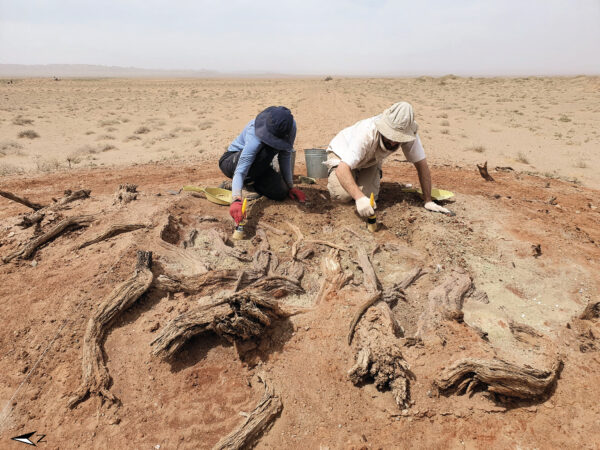
"This research challenges long-standing assumptions about imperial frontier systems in Inner Asia. The Gobi Wall was not just a barrier— it was a dynamic mechanism for governing movement, trade, and territorial control in a challenging environment."
"Constructed from rammed earth with stone and wood reinforcements, the wall's path took advantage of mountain passes and sand dunes to maximize its effectiveness, revealing careful planning based on resource availability."
A new study by archaeologists reveals that the Medieval Wall System in Mongolia, specifically the Gobi Wall, was more than a military installation; it was a crucial governance tool for managing trade and movement along the imperial frontier. Led by researchers from Israel, Mongolia, and the United States, the findings highlight that the Gobi Wall, built during the Xi Xia dynasty, was strategically designed taking into account environmental resources like water and wood, fundamentally altering perceptions of medieval infrastructure in the Asian steppe.
Read at Medievalists.net
Unable to calculate read time
Collection
[
|
...
]